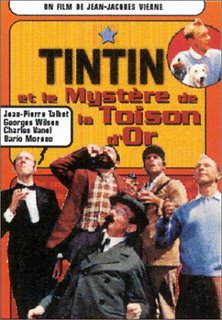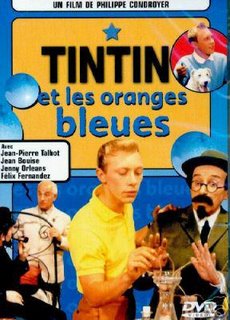1953. Boys learning about sex, coping with bedwetting, isolated in a strict boarding school and training for a life of celibacy. A story of the pressures on the pupils (and the teachers) in a Catholic school where a staffroom full of Brothers prepare them for life in a religious order.
I think this film played on the BBC at the end of the seventies and stood out as one of the few films that spoke to me as a sexually-frustrated teenager. Not that I went to a religious school, but many aspects of boys puzzled by puberty are highlighted as they try to obey the restrictive regime of abstention, at the risk of eternal damnation!

The 'Brothers' (teachers) are also fighting their own personal battles, about faith, personal temptation, as well worrying about the rules they're inflicting on the boys.
With the boys straining to avoid masturbation and one of the adult Brothers tormented by temptations of female flesh, illustrated by a frank fantasy of full-frontal nudity... it wasn't a movie I was comfortable watching at home with mother! It echoed many of the themes of Lindsay Anderson's if.... (1968), but presented several similar situations more calmly and realistically.

Recently I wanted to see this again, finding it on DVD in the US rather than Australia, where it's currently out of print.
The Devil's Playground is stronger in the subtler moments when the monks and the boys struggle with everyday universal problems, but almost throws away several pivotal dramatic events. The honesty and realism of the subplots and characters mean that this is a rare and unexploitive treatment of many taboo subjects. These include the typical subjects that men don't always discuss seriously, but stops short of any more sensational themes like sexual abuse.
Beautifully shot and mostly understated, this is a dark slice of life in a strange and hopefully extinct environment.

Nick Tate gives the strongest performance, as the Brother who's happiest when he's away from the school - the actor had just returned from England after starring in Space 1999. Arthur Dignam has the difficult role as the extremely repressed Brother tortured by sexual desire - he was recently seen portraying Ernest Thesiger in the recreation of the filming of The Bride of Frankenstein in Gods and Monsters (1998).
Writer Thomas Keneally has a bit part as eccentric missionary Father Marshall, who appears to be every boy's friend, but delivers a horrifying sermon describing the graphic tortures of Hell. Keneally was a natural choice for the part, having trained as a priest though he later dropped out and married a nun! He's most famous as the author of Schindler's List, so it's really very odd seeing him here as the film's most bizarre-looking character.

The naturalistic lead performance from 13-year old Simon Burke is a central reason that the film works so well and a testament to Schepisi's direction. More recently, Burke appeared with Vin Diesel in Pitch Black! Lastly, Sheila Florance has a bit part, unusually sporting an Irish accent, just before a short appearence in Mad Max and a long stint as Lizzie Birdsworth in Prisoner: Cell Block H.
The Devil's Playground isn't intended as an attack on religion, but rather a critical view of the totalitarian regime inflicted on writer/director Fred Schepisi for two years of his childhood!
Schepisi had to work hard to get the film made and then get it seen. But it soon joined the 'new wave' of Australian cinema, quality films that earned worldwide reputations. It lead to his next movie, The Chant of Jimmie Blacksmith (1978) about a real incident when a young bullied aborigine is driven to murder. Schepisi's later Hollywood work included some rather ordinary comedies but his reworking of the story of Cyrano De Bergerac, Roxanne (1987) with Steve Martin and Darryl Hannah, was easily the funniest.

The US (above) and Australian (pictured at top) DVDs have a director's commentary and a making-of documentary.
Once again, be aware that there are several other movies with the same title.
A more indepth review and plot description here on InFilm Australia.











































